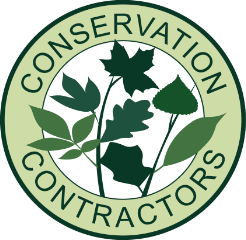
Domestic Fencing
Close Board Fencing
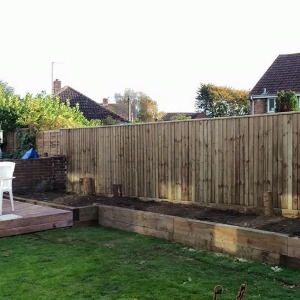 The wooden Close Board fencing panels are formed from vertical feather edge boards, each partially overlapped and fixed to several rear horizontal supporting wooden rails. Close Board panels are traditionally used for boundary screening and are more robust panels. The usual height erected in the UK is 1.8m.
The wooden Close Board fencing panels are formed from vertical feather edge boards, each partially overlapped and fixed to several rear horizontal supporting wooden rails. Close Board panels are traditionally used for boundary screening and are more robust panels. The usual height erected in the UK is 1.8m.
The rough sawn timber has been dip treated to provide the fencing panels with protection against rot. You can paint the fence panels if you wish, but this won’t make any difference to the durability of the panels.
Options: you can choose to have a top cap fitted but sometimes this can distort over time depending on the sun on the fence. If you don’t have a top cap fitted, then it can be a good idea to give the top of the fence panels and supports a coat of preservative.
Decisions: before our fencing team arrive, you’ll need to have decided on which side to have the horizontal supporting wooden rails (sometimes known as Arris rails). If a dividing fence you will need to discuss with your neighbour or replace as it was before; if an outside fence, then having the straight panels towards you is more attractive, although there is then a slight chance that the fence could be climbed from outside, perhaps?
Examples we have undertaken:
- Close board fence
- Fencing following removal of a large conifer hedge
- Domestic sleeper retaining wall with close board fitted on top in Wiltshire
- Close board fencing and hardwood Iroko timber gates in Marlborough
- Close board fencing Devizes
- 300m close board fencing to secure pipeline and fuel recovery compounds
Panel Fencing
Panel Fencing is similar in appearance to Close Board Fencing, but generally doesn’t last as long, isn’t as secure or strong – more a budget option. But we can source panels if required.
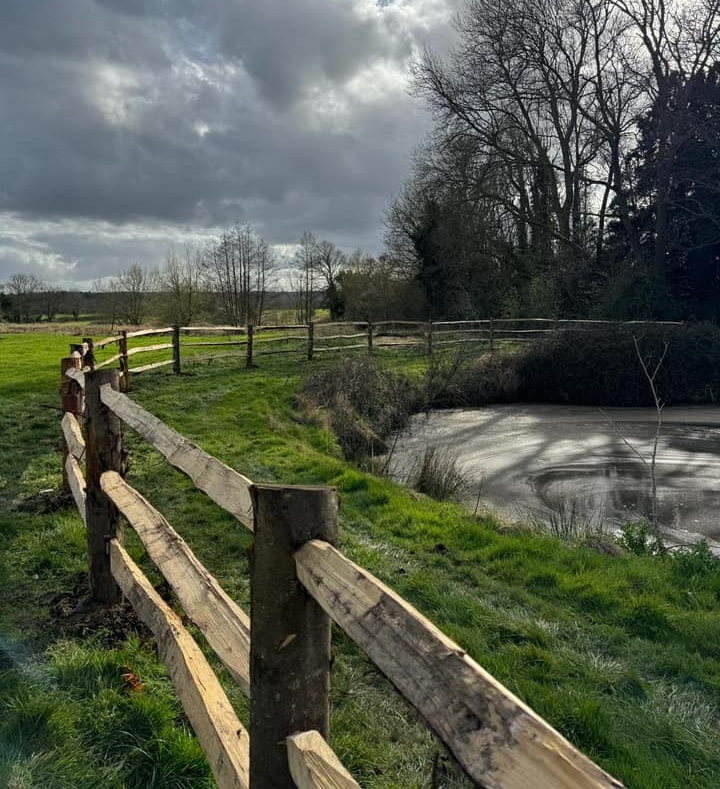
Cleft Sweet Chestnut Fencing
Cleft rail fences, also known as chestnut fences, are constructed using split logs. We used 2.4m. Commonly, these logs have pre-shaped ends that fit snugly into mortices in the fence posts. This design allows the rails to slot into the timber posts easily.
Sweet chestnut does not require any treatment to help improve its lifespan – the timber contains natural preservatives. There is no industry standard for the length of the logs given their curved and bendy nature.
Examples we have undertaken:
Hit-and-Miss Fencing
Hit-and-miss fencing is vertical fence panels ( like picket fence but square tops ) 6ft high. It has gaps in it, hence hit-and-miss, so it does not look like a commercial fence. Our picture here shows part of 85m of 1.8m high fencing for a Wiltshire Parish Council
An example we have undertaken:
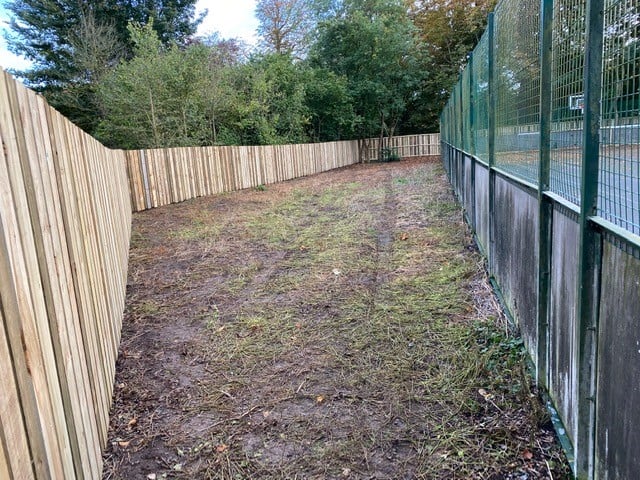
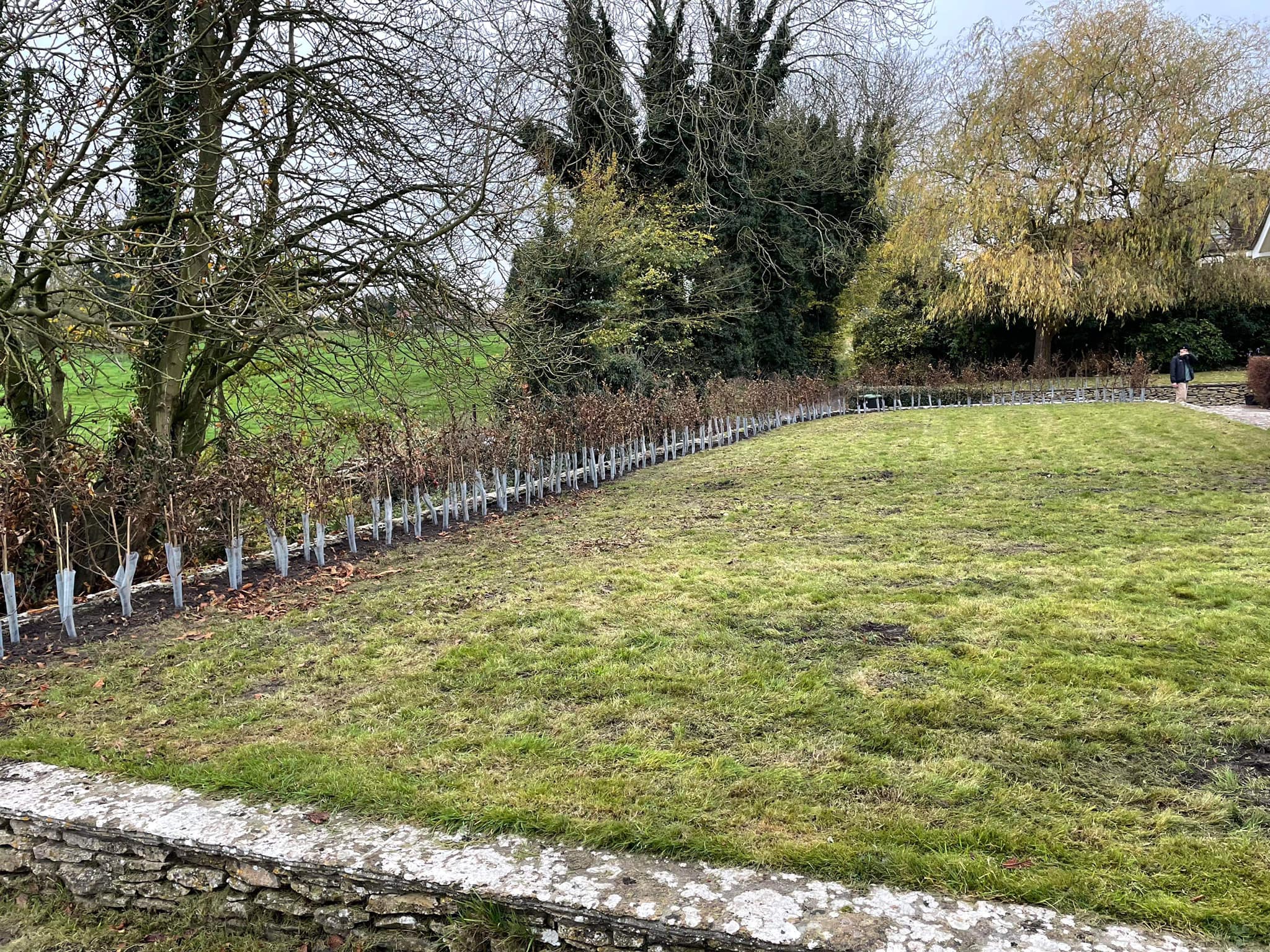
Hedging
Hornbeam hedging is very similar to beech hedging and hard to tell apart from a distance; hornbeam will perform better in heavier wetter soils. Both retain their leaves when planted as a hedge over the winter months providing a year-round screen.
Hornbeams are hardwood trees in the flowering plant genus Carpinus in the birch family Betulaceae. Our image here shows part of a few hundred metres of Hornbeam hedging planting in Avebury Trusloe – to improve the garden boundary.
Examples we have undertaken:
- Hornbeam hedging in Avebury Trusloe
- Hedge replacement following storm damage
- Hedge trimming box and yew at Avebury Manor
Also, please see our Biodiversity Net Gain (BNG) page.
Picket Fence Panels
Picket fence panels make attractive boundaries. They’re perfect for front gardens and are normally supplied 1m or 1.2m in height and you can choose your own colour way. Made from wooden pales with gaps left between them, they offer good boundary markers but allow light and sun through. There are various options for the tops of the pales Including pointed, rounded, dog-eared or flat
Post and Rail Fencing
We normally supply square sawn or half-round rails on round posts. Usually there are 3 rails. We can however adapt to any specific requirement you may have.
For further information, please see our Equestrian Fencing page.